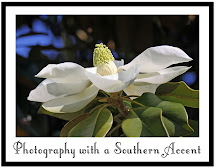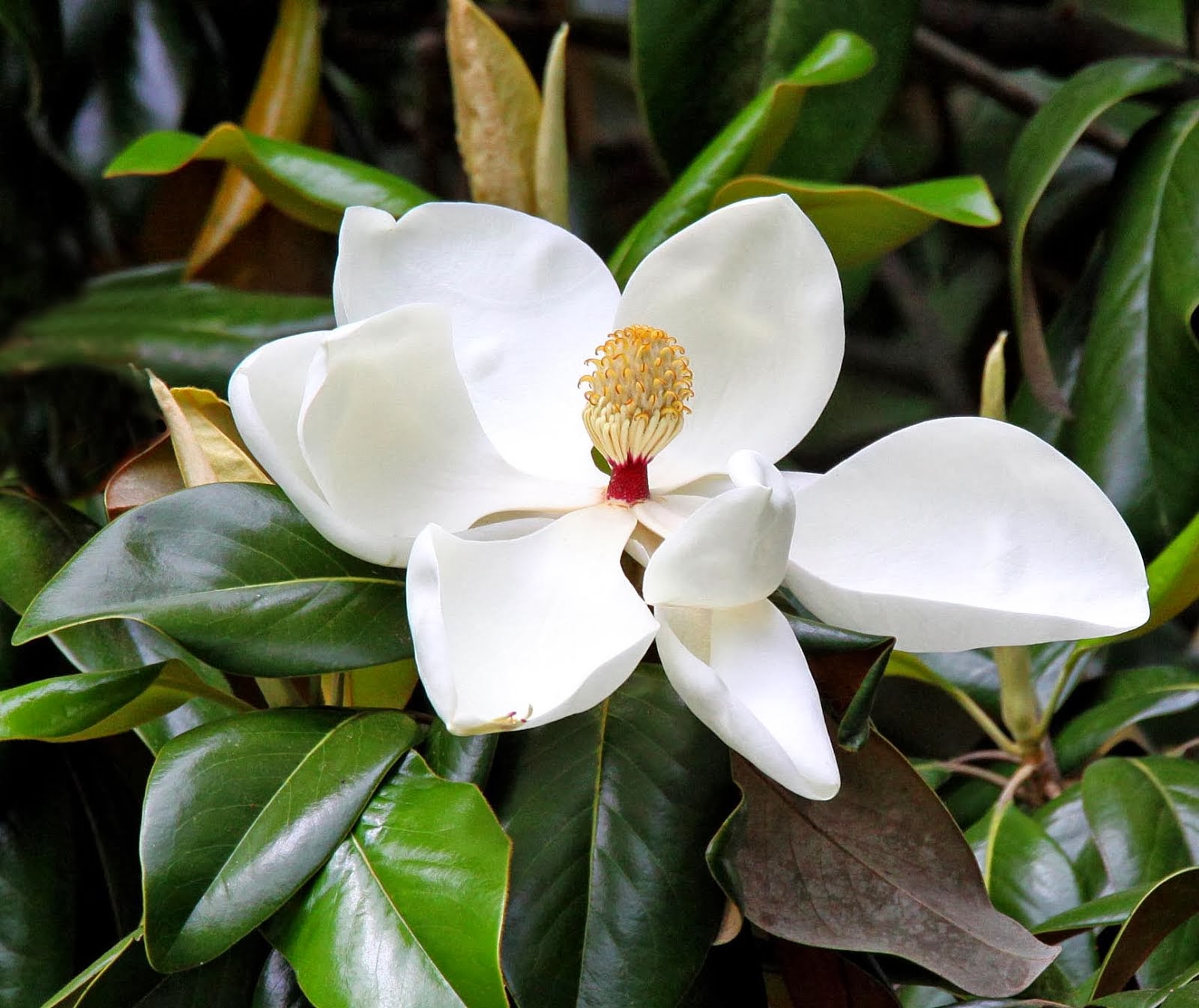Friday, May 26, 2023
Thursday, May 25, 2023
Monday, March 6, 2023
The Story of the Dogwood Tree
Nothing says "Spring has arrived!" more beautifully than dogwood trees in bloom. I took these photos several Springs ago, and would also like to share this lovely poem about dogwood trees:

Sunday, January 22, 2023
The Glory of the Garden
I’m afraid I’ve come down with a case of Spring Fever, and it’s STILL January!
I can’t wait to get out and start pruning what’s left of our plants that were devastated by the weather event that happened in Mississippi on December 22, 2022. Within a few hours, temperatures that had previously been consistently in the 50s dropped rapidly into the low teens (12 degrees!) with sub-zero wind chills. The freezing temperatures remained in the area for three or four days and wreaked havoc on many landscaping plants and even evergreen plants that are usually hardy in the winter.
Gardeners everywhere were whining and wringing their hands when they saw the results of Mother Nature’s wrath on their sad-looking, shriveled, brown-leafed Sasanquas, Drift Roses, and even Star Jasmine plants. I cringe when I look out our windows at our dreary flower beds and the plants we will have to replace in the spring.
I found an explanation of why and how this happened. According to an article in the University of Mississippi News, written by Jeff McManus, Director of Landscape Services at Ole Miss:
“During normal conditions, plants slowly reduce the amount of water and nutrients they pull into their vascular system as the temperatures drop. This rapid drop did not allow plants enough time to acclimate to the temperature changes, causing the water in the vascular system to freeze and damage the plant cells.”
Of course, we’re all wondering, “What can be done?”
According to Mr. McManus:
“This rapid freeze will most likely affect the flowers of spring blooming plants that set their buds on previous season growth, including azaleas, forsythia, and winter jasmine. The temptation to take action and prune the plants now should be avoided as this could result in even more damage. Even if the plant is damaged, the damaged material will protect viable plant parts from future cold snaps.
“A ‘wait-and-see’ approach is recommended to determine how the plants respond at the beginning of the growing season in the spring. You can check for life in woody plants by scratching the bark on stems to see if the material underneath is green. If green coloration is found, the branch is still viable and alive.
“Stems can also be bent slightly to see if they are still pliable. If the stem or branch snaps off, then it is likely dead. Look for green tissue inside the stem if it breaks to see if it is viable.
“Pruning should not be performed until new spring growth emerges. In the spring, cut back stems and branches that do not leaf out back to live tissue to encourage new healthy growth.”
That is not really what I wanted to hear, but I will try to be patient and wait until early spring to do my pruning. In the meantime, I’d like to brighten this gloomy story by sharing a lovely poem by Rudyard Kipling. As someone who loves flowers and gardening, it spoke to my heart – and I can’t wait to restore “Glory in MY Garden,” too!
Source: https://news.olemiss.edu/help-your-landscaping-recover-from-the-winter-freeze/
Monday, January 2, 2023
It's All in How You Look at It
Dave Gardner was a popular southern comedian in the 1960s, and one of his favorite sayings was, "It's all in how you look at it and all in how you study it."


.jpg)





























